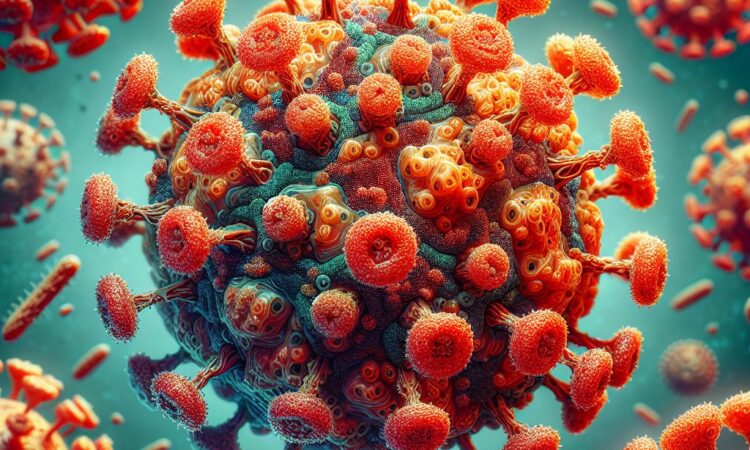{Monkeypox: Monkeypox is a rare viral disease that has been spreading outside of its endemic region in Africa in recent months. This week, there has been a focus on raising awareness of the disease and its symptoms, as well as developing and distributing vaccines.}
Monkeypox is a rare viral disease that primarily occurs in Central and West African countries. Recently, there has been an alarming increase in the number of reported cases outside the endemic region, raising concerns among public health authorities.
The symptoms of Monkeypox are similar to those of smallpox, although less severe. They include fever, headache, muscle aches, and a characteristic rash. The rash develops as small, raised bumps on the skin that eventually turn into fluid-filled blisters. Monkeypox is primarily transmitted to humans through animals, including rodents and monkeys, and can also spread through human-to-human contact.
To prevent the further spread of Monkeypox, various measures have been taken. This week, there has been a significant focus on raising awareness about the disease, its symptoms, and preventive measures. Additionally, efforts are being made to develop and distribute effective vaccines to control the disease’s transmission.
The illustration used in this document aims to visually represent the Monkeypox virus and its impact on human health. By showcasing the intricate details of the virus particles and highlighting the contrast between infected and uninfected cells, the image helps to educate individuals about the disease and its potential consequences.
It is crucial to stay informed about Monkeypox and follow recommended hygiene practices, such as regular handwashing and avoiding contact with infected animals or individuals. By taking necessary precautions, we can collectively work towards preventing the further spread of this rare viral disease.

